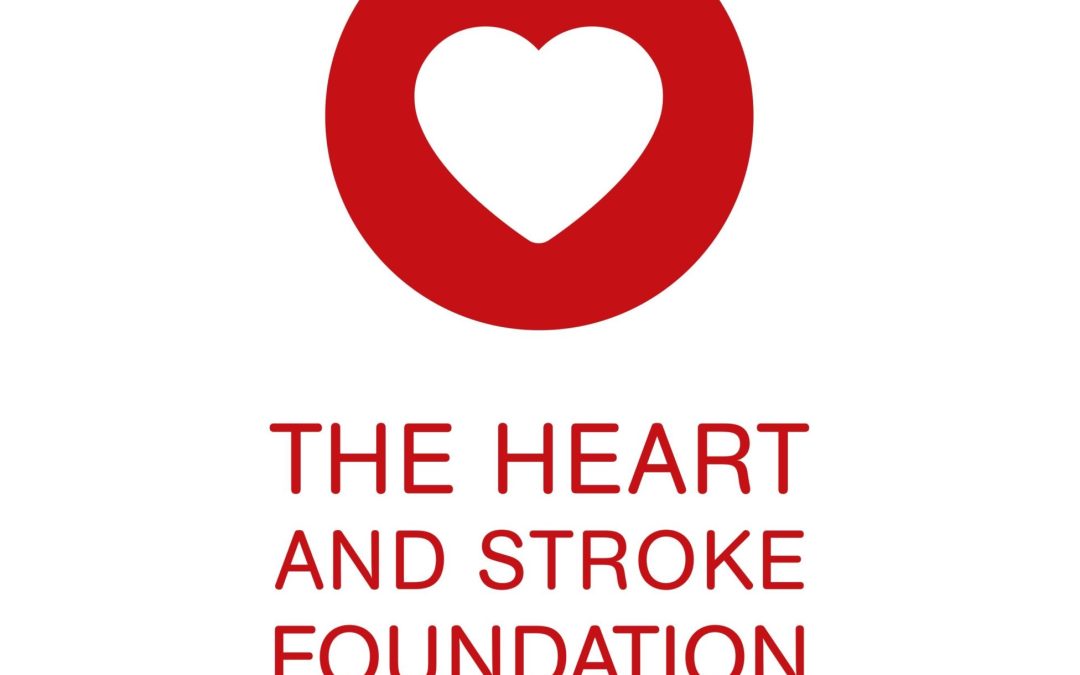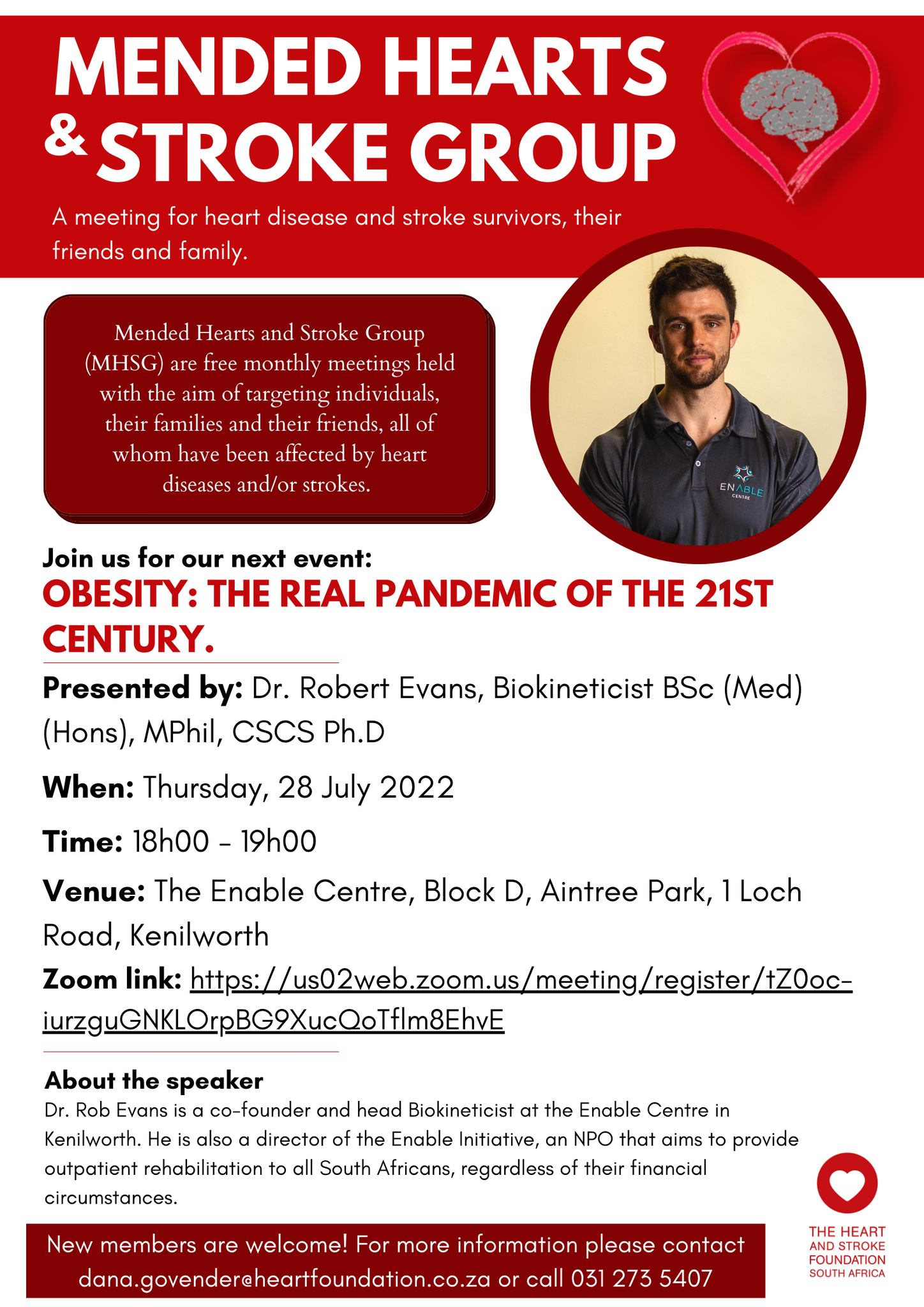
Gazette 11572 14 April Regulations relating to the labelling and advertising of foodstuffs
 The Minister of Health has, under section 15 (1) of the Foodstuffs, Cosmetics and Disinfectants Act, 1972 (Act No.54 of 1972), published for public comment the regulations in the
The Minister of Health has, under section 15 (1) of the Foodstuffs, Cosmetics and Disinfectants Act, 1972 (Act No.54 of 1972), published for public comment the regulations in the
Interested persons are invited to submit any substantiated comments or representations on the proposed regulations, to the Director-General of Health, Private Bag X828, Pretoria, 0001 (for the attention of the Director: Food Control), by email to [email protected] within three months of the date of publication. 14 July 2023
gov gaz R11572 14 april 23 food labelling advertising

The next dates of the WHO Global Diabetes Compact Forum have been set for May 10 and 11, from 11:00 to 14:00 Geneva Time on both days. All previous members are welcomed to attend and do not need to re-register.
Organizations who are interested in taking part in the Forum but have not applied are still invited to complete an application. Please note all applications received must go through a due diligence process which can take some time.
Application for Global Diabetes Compact Forum Membership:
https://extranet.who.int/dataformv3/index.php/43153
A Stats SA report has revealed that TB remains the main leading cause of death in South Africa between 2016 and 2018.
The report, titled “Mortality and causes of death in South Africa: Findings from death notification, 2018”, provides information on levels, trends and patterns in mortality and cause-of-death statistics by socio-demographic and geographic characteristics.
“The mortality indicators and cause of death indicators presented in this report are critical indicators on the health status of the South African population,” said Stats SA.
“The main focus is on 2018 death occurrences; however, information on deaths that occurred during the period 1997 to 2017 is included in order to show trends in mortality. The cause-of-death statistics in this statistical release provide information on the leading underlying natural causes of death, patterns and trends in non-natural underlying causes of deaths, as well as comparison between immediate, contributing and underlying causes of death,” said Stats SA on Tuesday.
According to the report, mortality levels are declining in the country as indicated by the downward trend in the number of registered deaths since 2007.
The results showed that the total number of deaths registered at the Department of Home Affairs and processed by Stats SA in 2018 were 454 014.
While the occurrence of deaths in the country continued to decline, it differed by age and sex. The age group 65-69 had the highest proportion of deaths in 2018 at 8.4%, followed closely by age group 60-64 at 8.3%. Conversely, the lowest proportions of deaths were observed in age groups 5-9 years and 10-14 years at 0.6 % and 0.8%, respectively.
With regard to sex, between 1997 and 2018, there were more male than female deaths from age 0 to age group 65-69; whereas female deaths consistently exceeded male deaths for ages 70 years and above.
The results further indicate that in 2018, the highest sex ratio (167 male deaths per 100 female deaths) was observed in the age group 20-24 years. The pattern was observed for four consecutive years, between 2015 and 2018.
For the period 2016-2018, Tuberculosis remained the main leading cause of death in South Africa.
Diabetes mellitus, the report found, remained as the second leading underlying cause of death whose proportions have been increasing over the three years.
“According to the global burden of diseases, two of the top five leading underlying causes of death for males were communicable diseases (tuberculosis and HIV) whilst among females, there was only one communicable disease (HIV) with the rest being non-communicable diseases.
Stats SA said the results showed that 9 out of 10 leading causes of death were the same for both sexes, although with different rankings.
“Tuberculosis was the leading underlying cause of death for males, accounting for 7.2% of male deaths while diabetes mellitus was the leading underlying cause of death amongst females accounting for 7.7% of female deaths.
“Human immunodeficiency virus [HIV] disease (4.6%) was the second leading cause of death for the males, followed by other forms of heart disease (4.5%). Cerebrovascular diseases (6.1%) was the second leading underlying cause of death for females.
“In 2018, the most significant decline amongst females were deaths due to tuberculosis which declined from 5.2% in 2016 to 4.8% in 2018. Uniform to this, there was a significant decline in tuberculosis deaths from 7.2% in 2015 to 7.6% in 2018 among males.
Non-natural deaths
Stats SA said although the number of deaths due to natural causes were higher than the number of deaths due to non-natural causes, the proportion of deaths due to non-natural cause have been on a slight increase in the recent years.
Between 2010 and 2018, a consistent increase in the proportions of deaths due to non-natural causes was noted from 9.0% in 2010 to 11.9% in 2018. The age groups mostly affected by non-natural causes of death in 2018 were age group 20-24 years and 15-19, accounting for 49.2% and 42.5%, respectively.
Males had higher proportions of deaths due to non-natural causes compared to females, with a wider difference observed at age group 15-29 where as much as 58,1% of male deaths resulted from non-natural causes compared to 19,8% of female deaths in the same age group.
Deaths due to non-natural causes were mainly dominated by those due to other external causes of accidental injury (68.3%) followed by assault (14.0%) whilst there were 11.4% non-natural deaths due to transport accidents.
In total, KwaZulu-Natal had the highest proportion of deaths due to non-natural causes (13.5%), followed closely by Cape Town (13.0%). In terms of proportions, deaths due to transport accidents were the highest in Limpopo (30.1%), whilst assault was highest in Eastern Cape (22.7%).

 The Minister of Health has, under section 15 (1) of the Foodstuffs, Cosmetics and Disinfectants Act, 1972 (Act No.54 of 1972), published for public comment the regulations in the
The Minister of Health has, under section 15 (1) of the Foodstuffs, Cosmetics and Disinfectants Act, 1972 (Act No.54 of 1972), published for public comment the regulations in the



